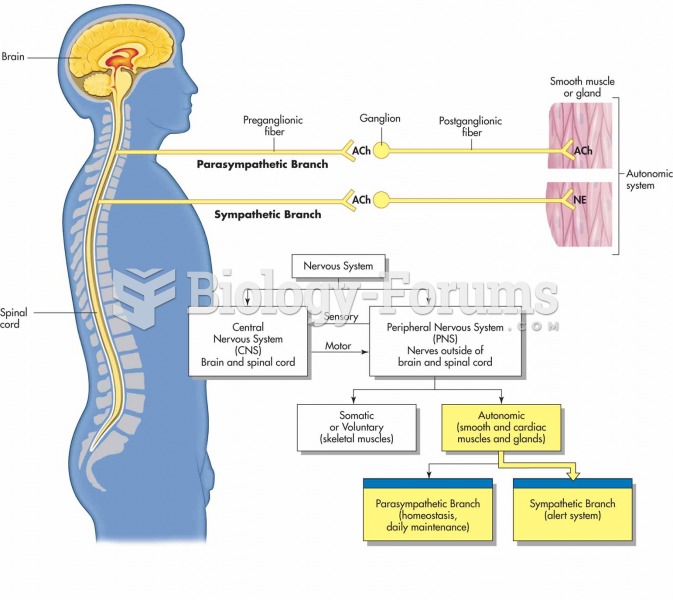Answer to Question 1
D
In a recent study, nurses reported feeling as though they spend too much time on documentation and not enough on direct patient care. This can contribute to role discrepancy.
Ensuring adequate training and updates would be more a concern of management than of individual nurses on the floor.
Portability does not get at the source of distress related to documentation, which is the fact that nurses feel they spend too much time documenting, taking time away from patient care.
Ensuring more accurate and complete charting would be a concern more likely to arise from the management group than from individual nurses.
Answer to Question 2
A
Experience teaches the nurse how to selectively pick out the most important messages, and habituation helps block out irrelevant messages. People are able to make sense of the messages they receive, in part, because of their past experience such that present reality is tied to these past experiences. The novice nurse has not yet been able to develop the skills of selective attention and habituation in a health care setting and has little experience to shape his or her understandings.
With a specific population, the nurse might be able to focus questions in this manner, but working on one floor consistently does not adequately explain the interaction.
The novice nurse may not yet be able to differentiate between important and not-so-important questions, but this explanation is too narrow to fully describe the interaction.
Novices do focus on procedures and steps to complete, but this explanation is too narrow to fully explain the interaction.







